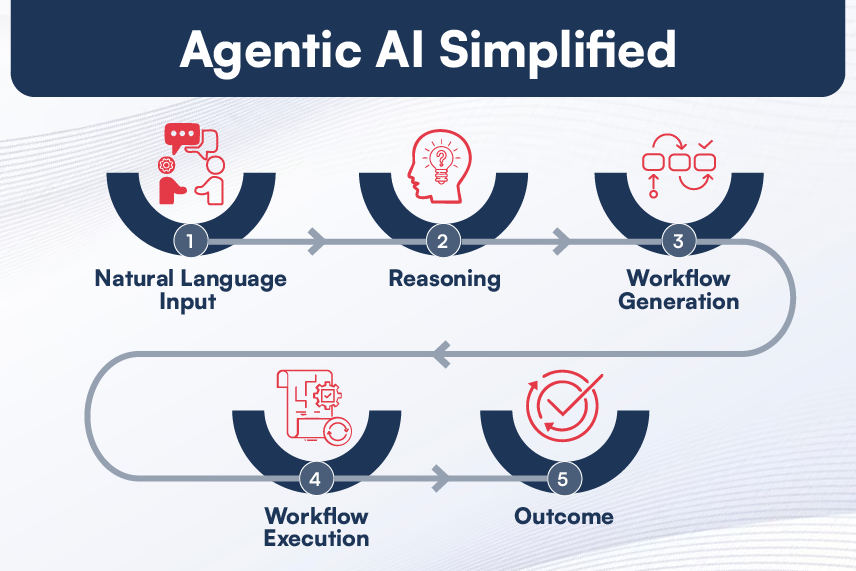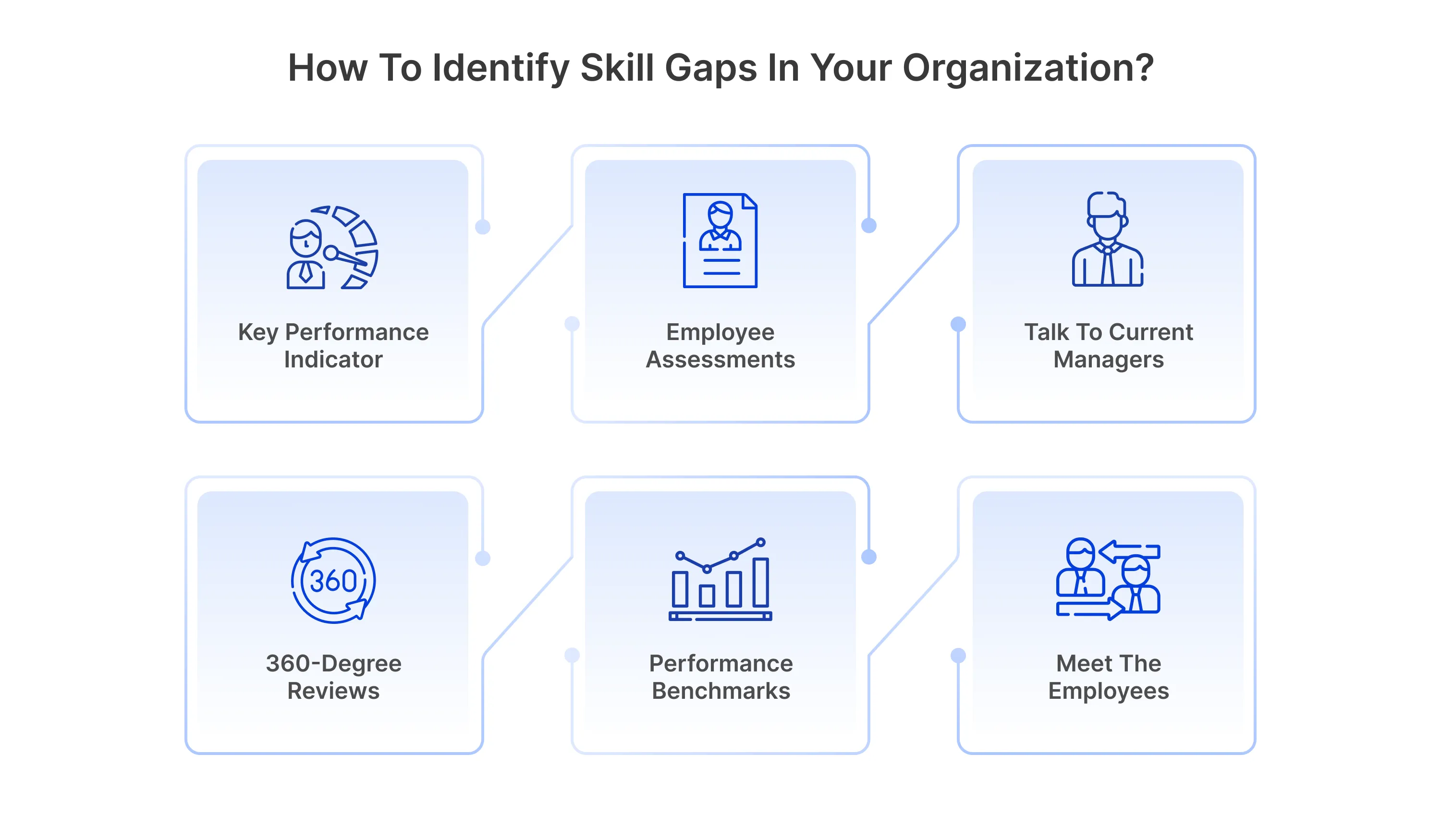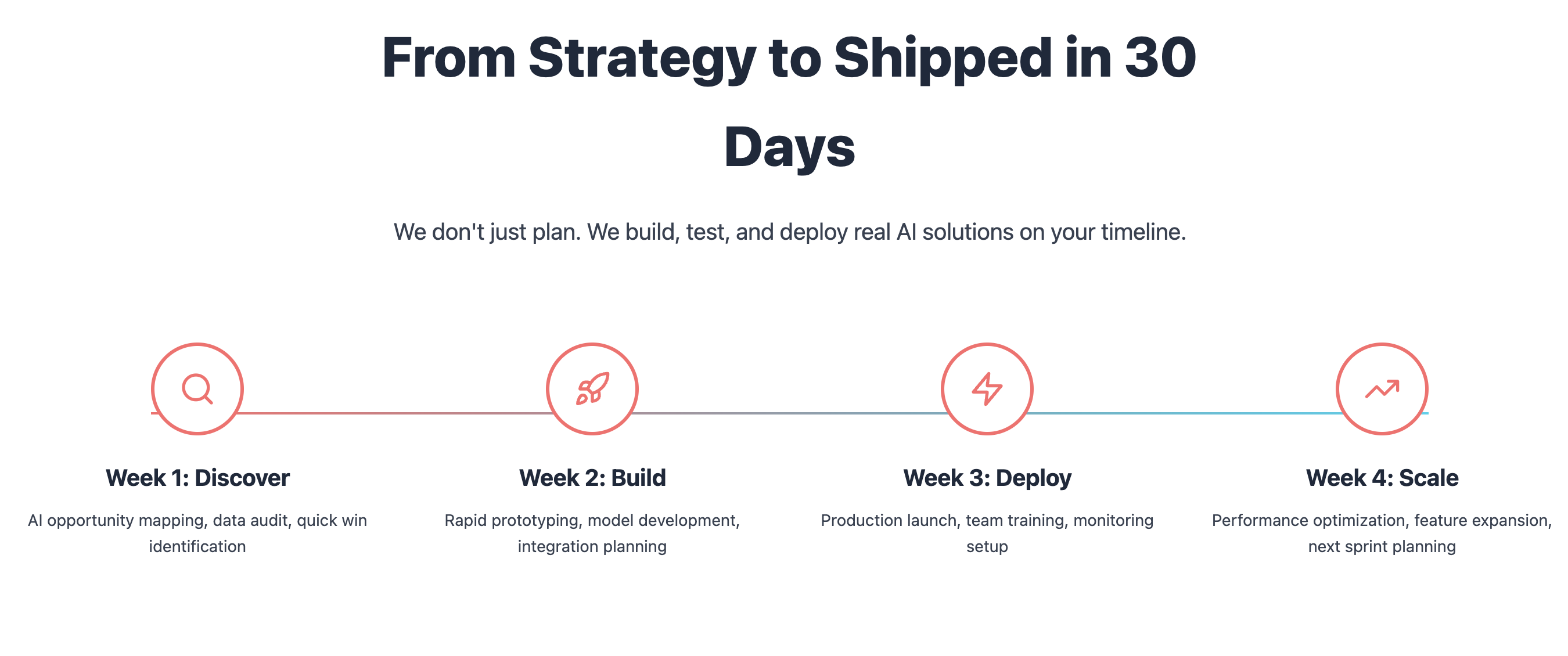Top 8 AI Trends You Can't Ignore in 2025
The worlds of Artificial Intelligence (AI) and Data Science are moving at lightning speed. Keeping up isn't just an advantage anymore; it's essential for any business looking to stay competitive. From smarter AI that writes and designs to more efficient ways of handling data, these advancements are reshaping industries. If you're wondering what's next and how to leverage these changes, you're in the right place. We've dived deep into the latest research to bring you the key AI and Data Science trends that are set to define 2025 and beyond.

1. Generative AI's Expanding Footprint
Generative AI, the technology behind tools that can create text, images, and even code, continues its rapid expansion. Its transformative power is being recognized across sectors, with a majority of developers feeling the urgency to adopt these tools. McKinsey's research suggests that strategically integrating generative AI could automate up to 70% of current business tasks, potentially boosting annual productivity by a staggering 3.3%. For instance, in healthcare, systems like Microsoft's Project InnerEye are already automating tumor segmentation in medical images with 95% accuracy. Meanwhile, logistics companies are leveraging generative models to optimize the distribution of renewable energy, achieving major gains in operational efficiency.
The impact of generative AI is particularly evident in content creation, where automated content creation tools are revolutionizing how businesses produce marketing materials, social media content, and visual assets. These tools enable teams to generate high-quality content at scale while maintaining brand consistency and creative standards.
While the potential is enormous, some caution remains. Although many tech CEOs are interested in generative AI, only a small protion of them have rolled out concrete implementation plans. However, success stories are emerging. For example, AI-powered demand forecasting in the energy sector has enabled utilities to reduce carbon emissions by up to 15% through improved grid efficiency and renewable integration. For businesses looking to tap into this trend, the focus is shifting towards rapid, practical application.
2. The Critical Role of Data Quality, Curation, and Unstructured Data
Data is the fuel for AI, but its quality and format are paramount. A striking 80% of all enterprise data is unstructured -- think emails, images, and videos. This makes techniques like Retrieval-Augmented Generation (RAG) and vector embeddings increasingly vital for making sense of it all. The RAG market alone is predicted to grow at an impressive 31.5% CAGR through 2032. We're seeing its impact in fields like healthcare, where the Mayo Clinic's work on retrieval-augmented generation (RAG) has shown improved accuracy (e.g. a specialized RAG-based model answered medical questions with ~84% accuracy versus ~79% for GPT-4. In manufacturing, Siemens is using vector databases to reduce equipment downtime by 50% through predictive maintenance.

Despite these advancements, data leaders admit they still face significant hurdles in managing unstructured data. The insurance giant Allianz, for instance, spent months cleaning legacy documents before they could even begin implementing RAG systems. This underscores the often human-intensive effort required in data preparation.
3. The Rise of Specialized, Cost-Effective AI Models
Bigger isn't always better, especially when it comes to AI models. There's a significant shift towards smaller, more specialized AI models that offer impressive performance without the hefty price tag or resource demands of their larger counterparts. For example, Microsoft's Phi-3-mini, with just 3.8 billion parameters, performs comparably to older models that had 540 billion parameters. This efficiency drive is evident in costs too: inference costs for image models have plummeted 900 times, and for language models 9 times, since 2022.
This trend towards pragmatic model selection is something Gofylo.io champions, having deployed specialized models that achieved 89% accuracy in support ticket resolution at just one-tenth the cost of using GPT-4. As demonstrated in Gofylo's 73% cost reduction case study, properly implemented specialized models can achieve 89% accuracy at one-tenth GPT-4 costs while maintaining high customer satisfaction. For early-stage companies, specialized models enable startup-focused AI solutions that deliver competitive advantage without enterprise-scale budgets. This approach of 'right-sizing' models mirrors GoFylo's proven 30-day AI deployment methodology that emphasizes rapid prototyping with real business data.
This approach of "right-sizing" models to specific business needs is making powerful AI accessible to a wider range of companies, including startups.
4. Navigating AI Ethics, Data Privacy, and Responsible AI
The increasing power of AI brings with it a growing responsibility to ensure its ethical and safe use. With regulations like the EU AI Act set to take full effect in August 2026, organizations are under pressure to adopt responsible AI practices. Large organizations under regulatory pressure require enterprise-grade AI transformation frameworks that balance innovation velocity with compliance assurance. This includes prohibitions on certain AI uses, like real-time biometric surveillance and social scoring, and transparency mandates for high-risk systems such as medical diagnostics.
- Frameworks like AWS's Responsible AI outline critical dimensions, including fairness, veracity, and controllability.
- In 2018 Reuters exposed Amazon's AI recruiting engine was biased against women
- Google's SAFE protocol has cut the generation of misinformation by 76%.
5. AI Agents: Automating Complex Workflows Like Never Before
AI is evolving from mere tools to sophisticated AI agents capable of automating complex, multi-step workflows. These "AI workers" are redefining operational efficiency. A UiPath survey revealed that 37% of enterprises are already deploying AI agents, particularly for IT support. The productivity gains can be substantial, with Accenture reporting a 45% faster contract processing time when using AI agents.

Pioneering uses are emerging across industries. Studies show that Ai-driven prescribing systems integrated with EHRs can cut medication errors by 55--83% by eliminating handwriting mistakes and leveraging clinical decision support tools. Large law firms frequently report that AI‑powered contract‑review software enables document review at least an order of magnitude faster than manual review --- often clocking in 10--20× faster than junior associates. Effective AI workflow automation tools are essential for robust automation infrastructure, particularly when integrating across Zendesk, CRMs and internal databases as outlined in essential AI automation tools. For sales teams specifically, implementing the right AI sales tools can dramatically improve outreach efficiency and lead conversion rates through intelligent automation and personalization. Despite the potential, 38% of IT leaders point to integration complexity as a major barrier to adoption.
6. Edge AI: Bringing Intelligence Closer to the Source
Processing data closer to where it's generated -- at the "edge" -- is a burgeoning trend, with the edge AI market projected to hit $24.9 billion in 2025, boasting a 21.7% CAGR. The key drivers? Significantly reduced latency and enhanced privacy and compliance.
We're seeing innovative applications like smart grids where GE's edge systems can analyze grid data faster to prevent blackouts, Tesla's edge AI processes sensor data much faster than relying on cloud alternatives, and Apple's on-device Siri processing reduces GDPR breach risks by keeping data local. Beyond speed and privacy, edge AI also offers significant energy efficiency, typically consuming 5--10W for inference compared to the 500--1000W needed by cloud-based systems.
7. Bridging the AI Skills Gap and Evolving the Workforce
Despite the rapid advancements in AI technology, a significant challenge remains: the shortage of skilled professionals. The industry grapples with issues such as 71% of AI talent are men, while only 22% of baby boomers receive training. This is critical because while a majority of enterprises are adopting AI, only a small amount of workers have received the necessary upskilling. The impact of training is clear: Salesforce data indicates that teams with AI training achieve higher customer satisfaction.

Initiatives like Google Career Certificates and AWS re/Start are making headway, but it is not enough. Without accelerated reskilling efforts, trillions in economic value could be lost annually by 2026. Some companies are tackling this by integrating training directly into deployment. Gofylo.io, for instance, embeds AI upskilling within its 30-day implementation projects, leading to high team adoption rates by combining tool deployment with hands-on workflow training, a contrast to purely theoretical programs.
8. The Shift Towards Agile AI Implementation Roadmaps
Traditional AI projects have often been characterized by long timelines and hefty budgets, with many taking 18 months or more and costing upwards of $500,000. Unfortunately, a high percentage of these projects fail due to over-planning and poor execution. This is leading to a clear trend towards more agile, results-oriented AI implementation roadmaps. Businesses, especially startups and mid-market companies, need to see value quickly and cannot afford protracted development cycles.
This trend emphasizes practical application and iterative improvement over exhaustive upfront strategy documents, ensuring that AI initiatives deliver tangible business value in weeks, not years.
The GoFylo Difference: Implementation vs. Strategy
While most consultants will spend 18 months talking about these trends, we're already implementing them for our clients in 30 days or less.
Our Approach:

- Speed: Deploy working AI solutions in 30 days, not 18 months
- Practical Focus: Real implementation, not just strategy documents
- Measurable Results: Clear ROI and business impact
- Knowledge Transfer: Your team learns how to maintain and extend the solution
How to Prepare Your Organization
1. Assess Your AI Maturity- Current State: What AI capabilities do you have today?
- Data Readiness: Is your data clean, accessible, and well-organized?
- Team Skills: What's your current AI expertise level?
- Data Pipeline: Ensure clean, real-time data flow
- API Architecture: Make systems AI-accessible
- Security Framework: Protect AI models and training data
- Low-Risk Experiments: Test AI capabilities in controlled environments
- Measurable Outcomes: Focus on clear, quantifiable benefits
- Iterative Learning: Build expertise through hands-on experience
- Fractional Chief AI Officers: Get senior AI leadership without full-time commitment
- Team Training: Upskill existing employees on AI tools and concepts
- External Partnerships: Work with AI specialists for complex implementations
Companies that embrace these trends will have massive advantages:
- 10x Faster Decision Making: AI-powered insights and automation
- 50% Cost Reduction: Autonomous agents handling routine work
- Personalized Scale: Individual customer treatment at enterprise scale
Organizations that wait will find themselves competing against AI-native companies with fundamentally different capabilities.
If your organization is ready to embrace these AI advancements with speed and precision, consider an approach that prioritizes rapid deployment and tangible outcomes. Gofylo specializes in helping businesses like yours implement working AI solutions in just 30 days. Explore how Gofylo can accelerate your AI journey.